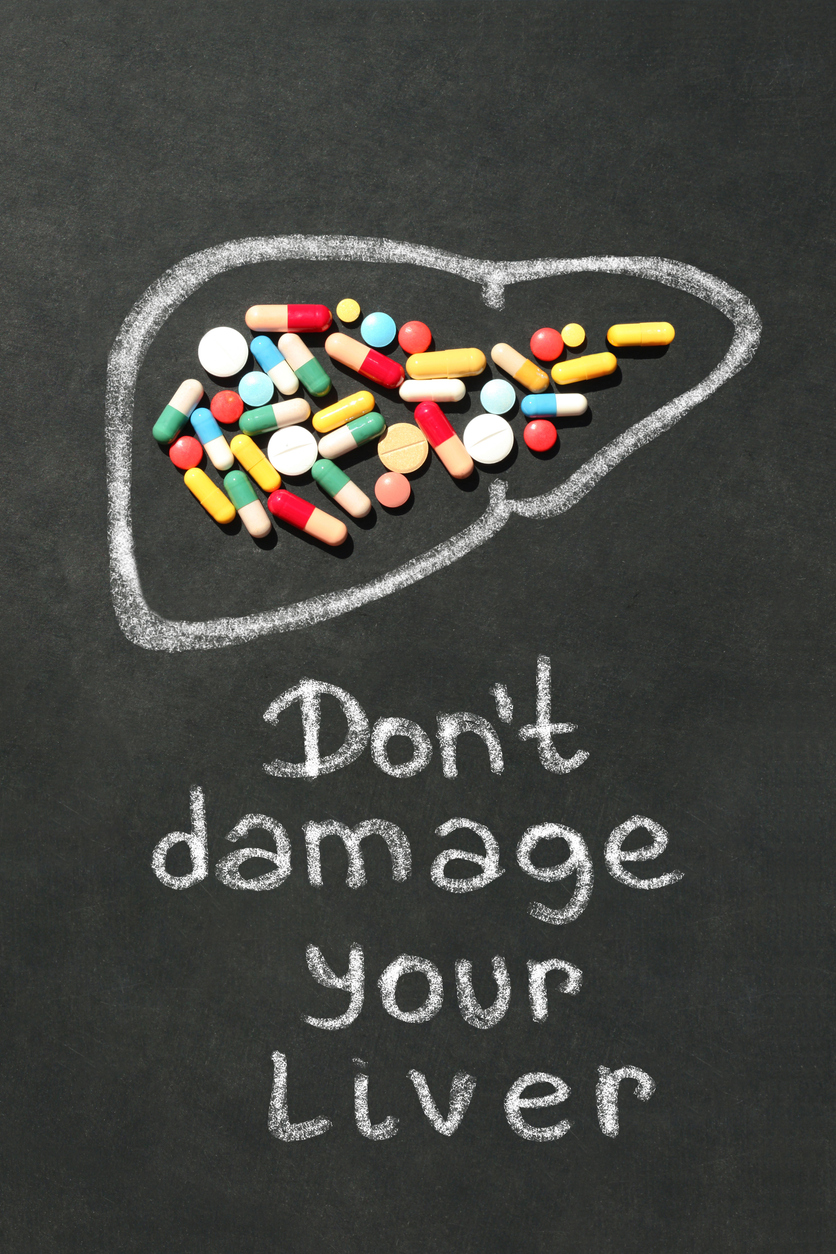Treatments
What to Expect at an IV Infusion Clinic

What is infusion therapy?
Infusion therapy is the delivery of medications or fluids either intravenously (into a vein) or subcutaneously (into the tissue between the skin and muscle). Infusion therapy may be used when a person cannot take oral medication, if an oral formula of a medication is not available, or when a medication needs to be delivered at a controlled pace.
Types of infused medicines
Numerous types of medications can be delivered through infusion. They include, but are not limited to, the following:
- Nutrition supplements
- Immunotherapy
- Antivirals
- Chemotherapy
- Inotropic heart medications
- Antifungals
- Blood factors
- Immunoglobulin replacement
- Antiemetic
- Biologics
- Growth hormones
- Corticosteroids
- Antibiotics
What to expect at an infusion clinic?
Most infusions are given in a medical setting, such as a hospital, clinic, infusion center, or physician’s office; however, some infusions can be given at home by a health care provider. If only a few sessions are required, a needle stick may be used at each session. If frequent IV infusions are needed, a central line or port may be used. A central line, or central venous catheter, is a type of IV line that can remain in place longer than a standard IV line. A port is a surgically implanted device used to deliver medications, eliminating the need for continued vein punctures.
Who delivers the infusion?
Regardless of the setting, IV infusion therapy is administered by a trained health care professional. Careful monitoring is required in order to ensure that the treatment is being properly delivered. The medicine may come pre-prepared, or it may be prepared on-site before being administered.
Outpatient settings
In an outpatient setting, such as a hospital or doctor’s office, IV infusion typically takes several hours to complete. Individuals may sit in a reclining chair. It may be helpful to bring blankets, books, or handheld games to pass the time during the procedure.
The process
Information will be verified, including identity, medication, dose, time of day, length of infusion, and correct route. An IV infusion typically starts with the insertion of a needle into a vein, usually in the hand or arm. The needle connects to a tube that allows the medication to enter the body, most often with the help of an infusion pump. An infusion pump is a programmable medical device that controls the flow of fluids and medications into the body through an IV. Some treatments may require multiple IV bags. Depending on the treatment, this can take from 30 minutes to many hours.
Since the IV is administered by way of fluid, it is common to need to use the restroom frequently during treatment. A health care professional should be notified to ensure that the IV bag is attached to a mobile pole that can be taken into the restroom















